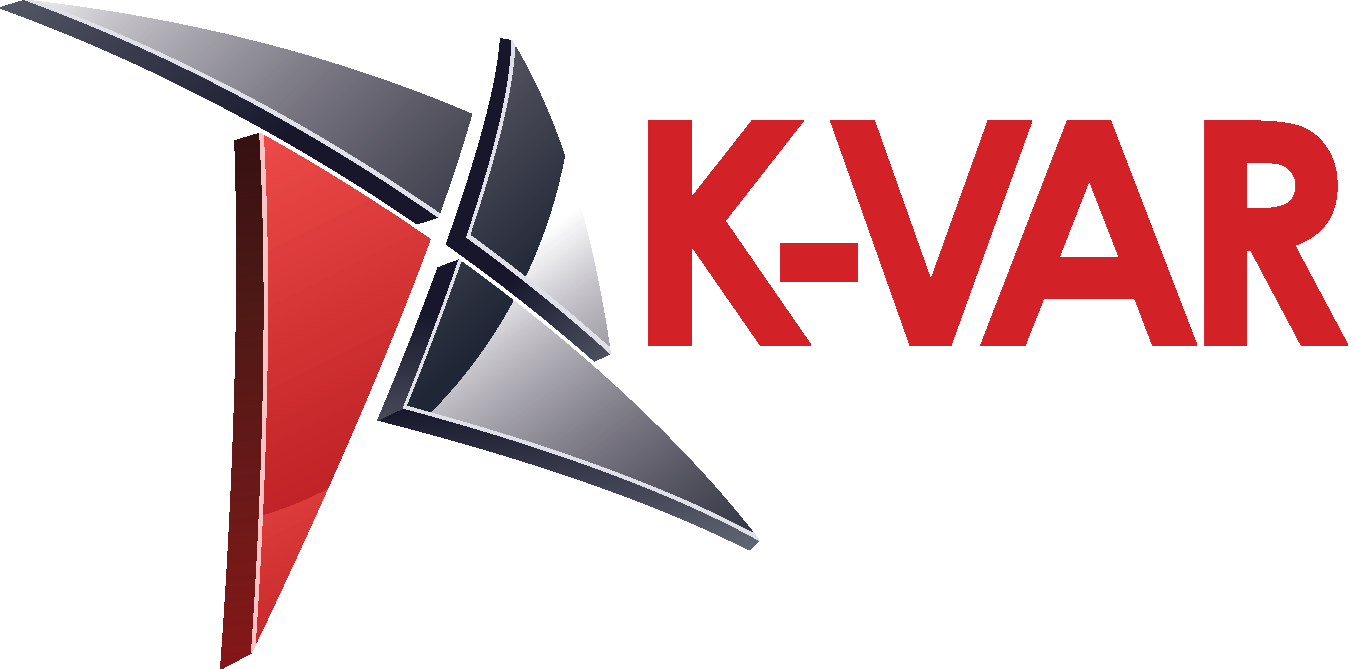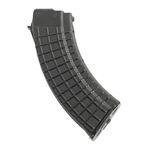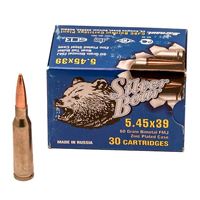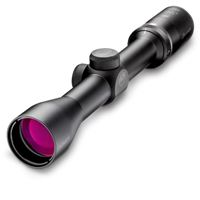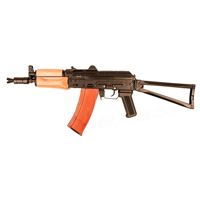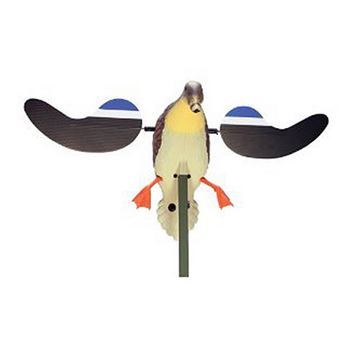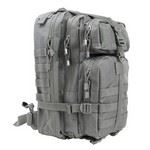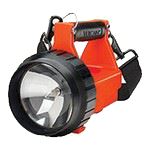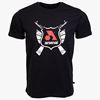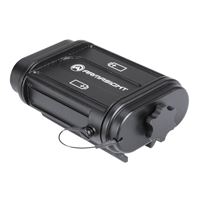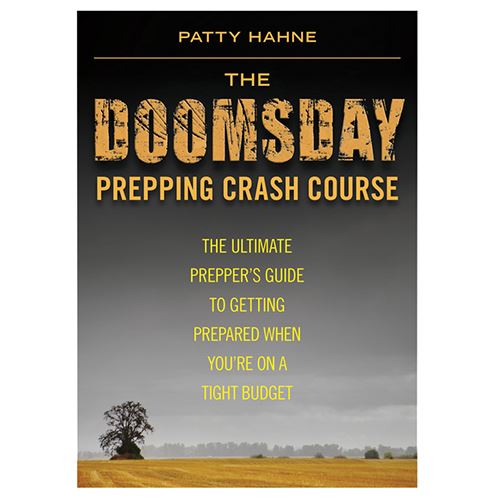There is a lot of discussion concerning training. A lot of it revolves around choosing a trainer. There is much truth in this, as the trainer gets you started on the road to proficiency, but it is all your own responsibility in the end. You have graduated from the public school system—good or bad—and you can read, so you survived and perhaps have learned a great deal on your own. We all remember fantastic teachers who inspired us, and then there were the inept—so it is with firearms trainers.
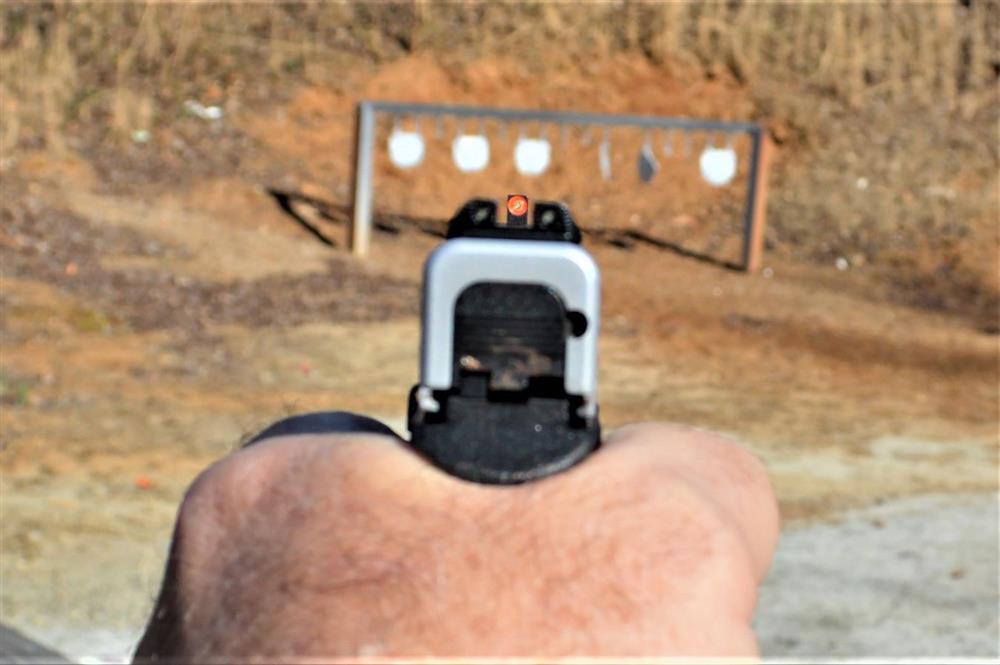
Some practice by rote memory and use the training wheel method and then advance to repetition of the same boring drills. A broken record perhaps. You are well advised to never go to the range without learning something new, thinking about it, and never thinking that you know it all.
There should be some stress involved in training. Different personalities handle stress differently. Some have stress from peer pressure, others want to be all they can be. There are several types of trainers, just as there are different types in every workplace.
There are a several types of men. If you have any work experience, institutional or otherwise, you know these men. The me-first type cares little to nothing for his fellow man. He is out for himself. The me-too guy is much the same but generally inept and will cause you much grief.
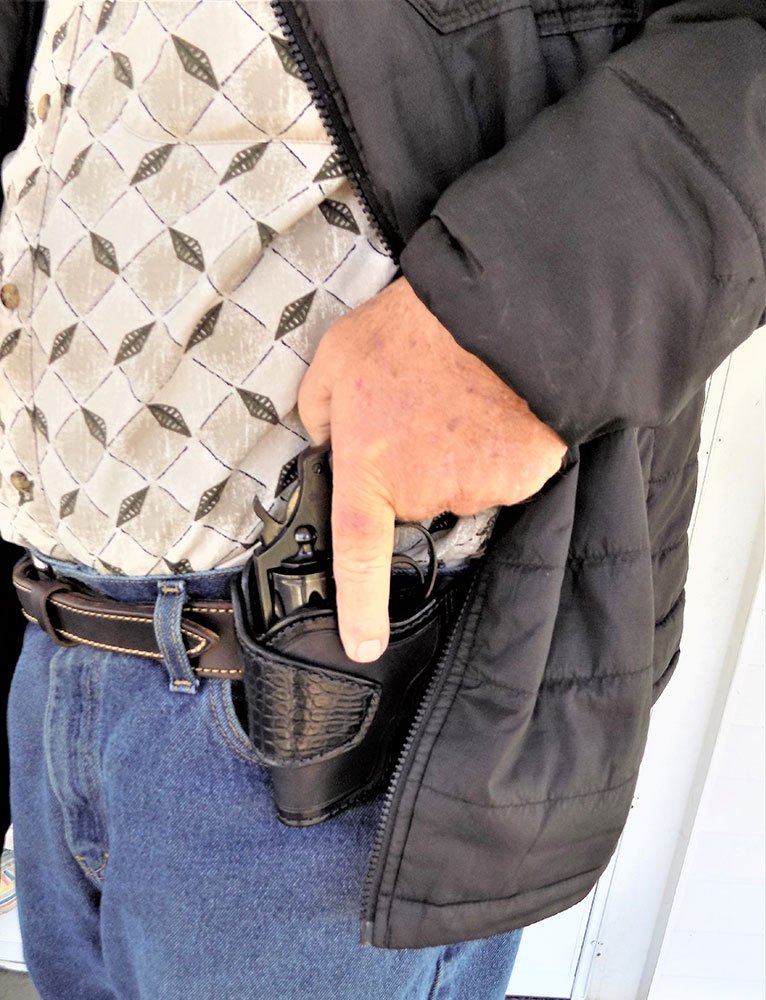
The deadwood really causes a lot of trouble, and while some mean well and may even be honest, they just don’t get it and will get you killed. Then, there are the dedicated. They are in the minority and everyone seems to know who they are. They do things right for its own sake. They master whatever profession they have chosen and will do their best in whatever situation they are thrown into. Trainers of this type understand the physical and mathematical forces at work.
There are things I have learned which may be helpful. Some of you may have experience that makes my own experience no more than light reading. Then again, all battle scars are a form of validation. You learn the things you need and concentrate on these skills, as you go along. You can learn to master stress and perhaps even fear.
A good healthy respect for the possibilities of combat will serve to make an intelligent person avoid such battles, if possible. A well-trained person will default to training and do what needs to be done, performing as well as possible during a critical incident. Afterward, they may decompress and have the shakes, knocking knees, or even tears. True fear is a different thing. There is a type of fear that is a fester. Determination, gumption, self-respect, and ability are robbed of us by this type of fear. We have all been demoralized by a losing streak and given exuberance by a sense of accomplishment. We must balance the two. One of the ways to balance apprehension and confidence is to move from two-dimensional to three-dimensional training. Because standing squared to a target and firing for groups is practically one dimensional.
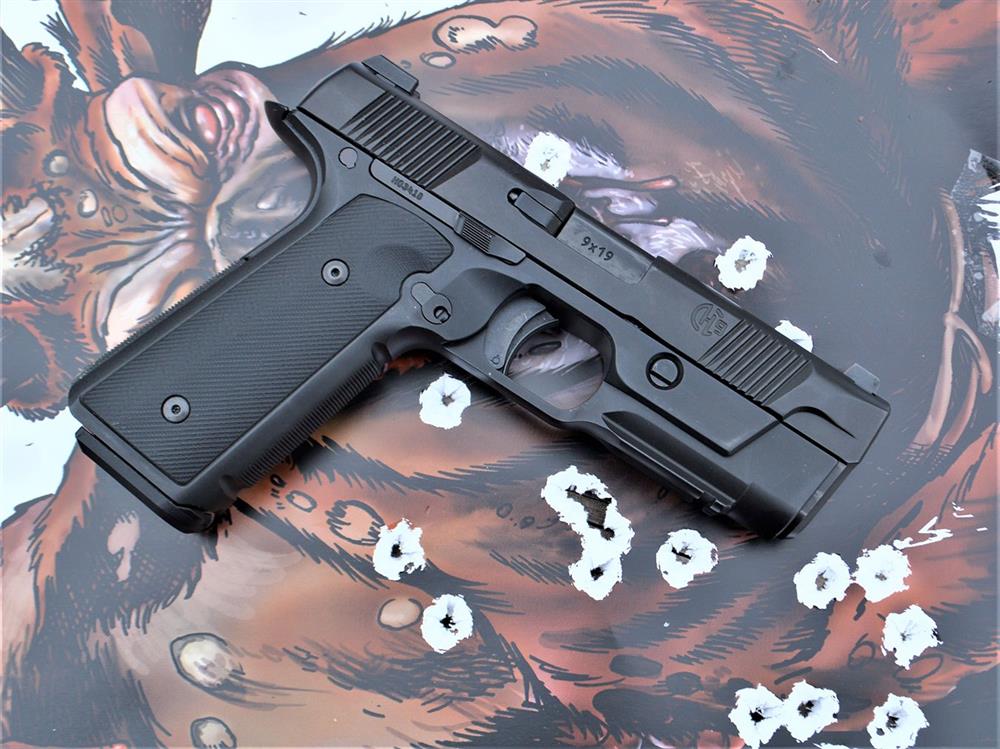
The practice of firing at a one-dimensional target that you are squared to is one that is suitable only for beginners. We were all there at one time and we have progressed further (we hope). Then there is the problem of aiming for center mass or even finding center mass.
Where is the center of the target? Hopefully, we can quickly set the sights in the center of the target we have available. There is a very good chance that such practice by rote will result in hesitation when confronted by a problem we have not trained for. If the assailant is running toward you, running to one side and firing or particularly if the adversary is behind cover, you must revamp your expectations and do so very quickly.
There is a steep learning curve to be addressed. You may well be conditioning yourself for failure with poor training. Waiting for a perfect shot or for the adversary to present himself in a more likely position for a shot may result in serious death or injury. In real life, the threat shoots back.
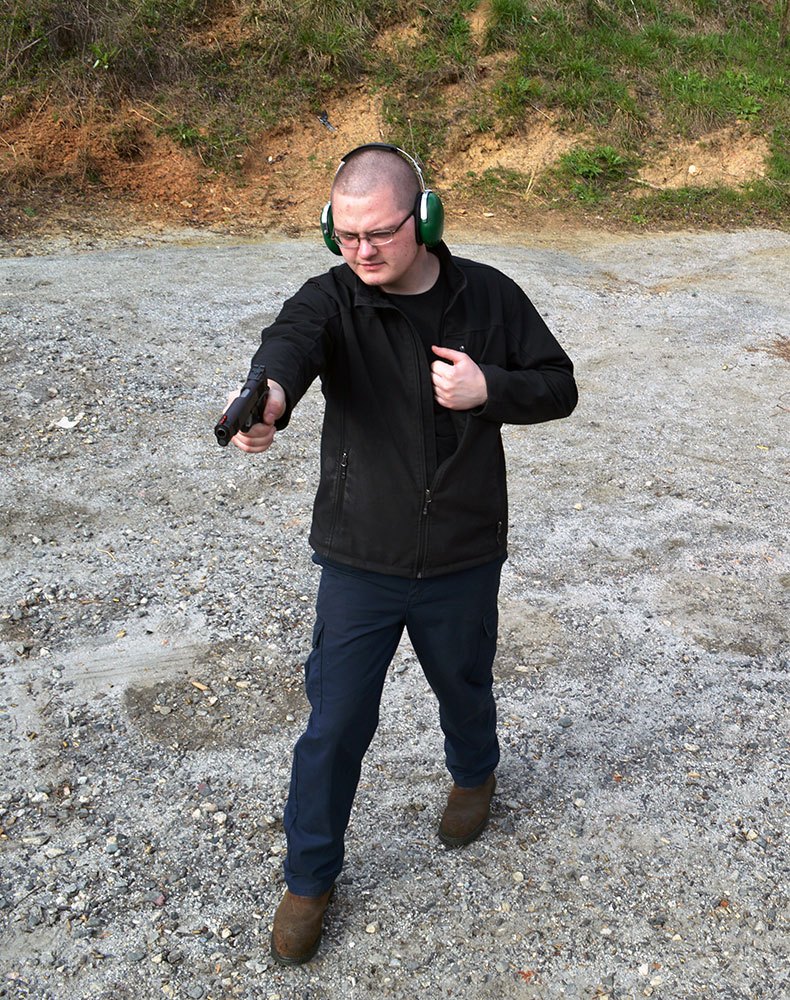
OK, so you are using the center of mass shot. This is firing for the center of the opponent in order to increase the likelihood of a bullet hitting the target—the whole target, the threat. This is something of a compromise as this isn’t necessarily the most efficient area to produce a shut down of the body. However, it is a reasonable tool for most situations.
There are degrees of wound potential lost by aiming for center mass versus the arterial region—the area most likely (other than the cranium) to induce a shut down for blood loss. The ideal type of training will involve moving targets, the shooter moving off the X and finding cover, firing for center mass when there is no other opportunity, and firing for the arterial region when you are able. Consider the likely problem and keep your training three dimensional.
